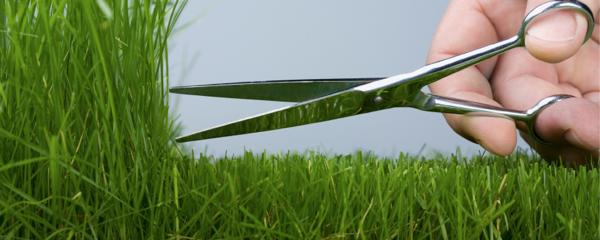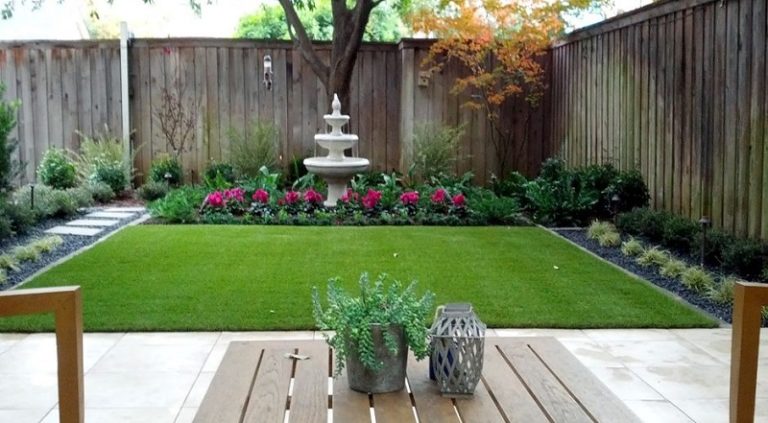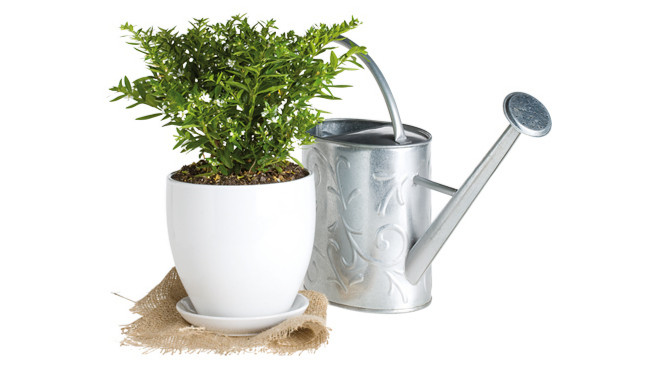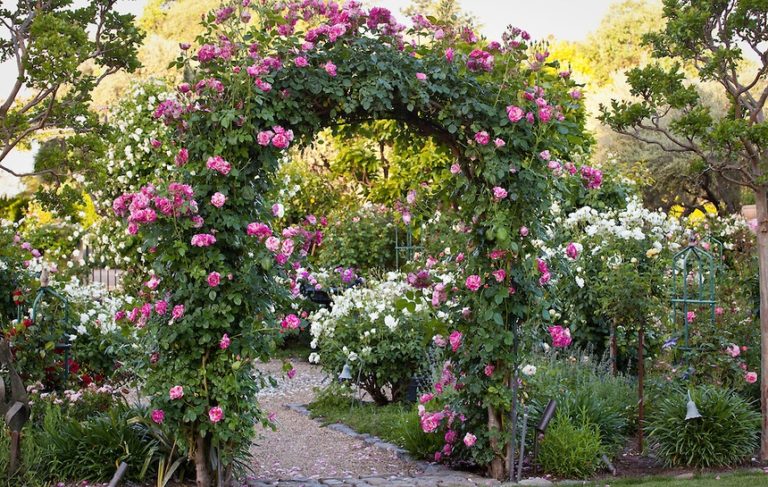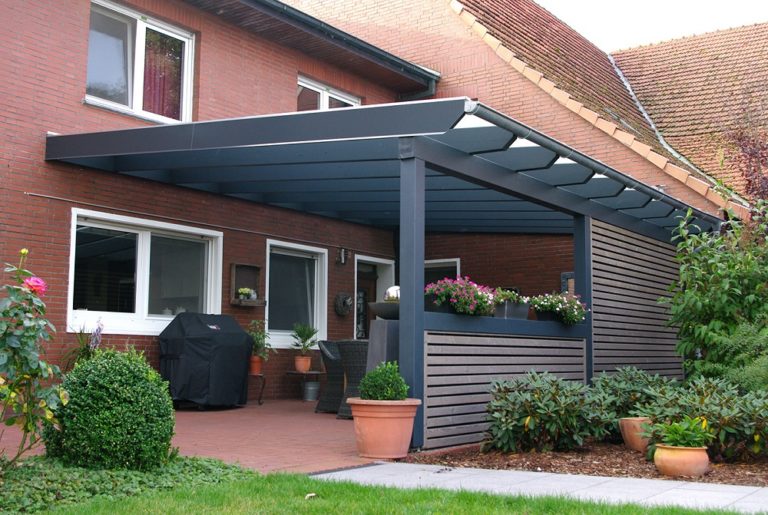How to care for the lawn
Each site has its own appearance and care. Whether it’s a tiny garden or large home gardens with a lawn that is used to cover the surface of the soil between flower beds, borders, alpine slides, trees and ponds.
Everyone wants to have a lawn to be proud of. The appearance of the lawn largely depends on what herbs it is sown with and on proper care. The main principle of lawn care is the regular performance of certain simple works. Then the herb will remain fresh, beautiful and resistant to diseases.
- regular haircut and watering
- Fertilization and fertilization
- timely weeding
- earthing (dusting the surface of the lawn with soil with organic fertilizers)
- Lawn combing
- Lawn rolling
- piercing (aeration of the turf)
- Seed sowing
- Treatment and replacement of turf (if necessary)
- Garbage collection
The lawn must be properly and constantly cared for comprehensively.
Він включає в себе проведення таких робіт:
Good lawn quality can only be achieved with regular and correct implementation of all of the above activities during several growing seasons.
Monthly lawn care includes four stages: mowing, watering, fertilizing and weeding.
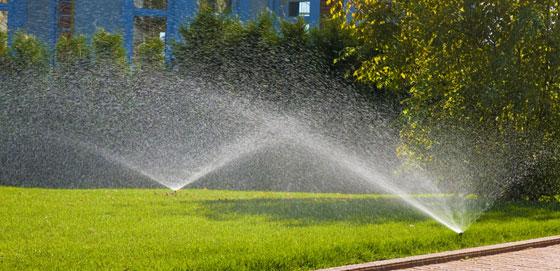
When to water the lawn?
The purpose of irrigation is to replenish the water reserves in the soil. The first sign of a lack of water is the loss of elasticity of the grass. It is at this time that it is time to water the lawn. Before watering, inspect the surface of the soil. If a dry crust has formed on it, it is better to pierce the lawn first to facilitate the penetration of water. In hot and dry weather, watering should be done in the morning or evening. If it is necessary to feed the lawn with mineral fertilizer, then this is combined with watering.
Excess moisture can lead to problems: the appearance of mosses on the site, the development of infectious and non-communicable diseases. As a result of diseases, areas of weakened or dead grass appear, on which weeds or moss may appear. In case of extensive moss damage, it must be dealt with with specialized chemicals that can significantly speed up the removal of moss. If there are dead areas on the lawn, they must be re-sown or the turf must be changed before the weeds begin to multiply.
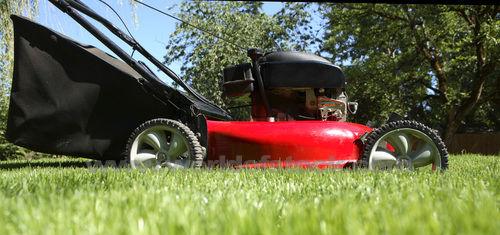
Mowing the lawn
Thanks to regular cutting, the turf cover looks neat, the formation of new shoots and leaves increases, and a strong turf is formed. With systematic haircut, the number of weeds decreases. Mowing lawns is recommended to be carried out at a height of 3-4 cm when the grasses reach a height of 8-10 cm. During the period of active grass growth (May-June), lawns are mowed 1 time per week. The last mowing is carried out in September. Mowed grass must be removed, as lumps form that spoil the appearance of the lawn. When mowing grass with a lawn mower, it is advisable to change the direction of its movement each time. Constant mowing in one direction results in a combed surface of the lawn.
Lawn fertilization
Of great importance for good grass growth is early spring feeding of the lawn with nitrogen, phosphorus and potassium. It is carried out immediately after the snow melts on the ice crust at the rate of 20-30 g of complex fertilizer per 1 sq. m. The second feeding of lawn grasses is carried out during the period of active growth (in the second half of May) with chlorine-free nitrogen fertilizer (20-25 g per 1 sq. m.). If the weather is dry after feeding, then the lawn must be watered to avoid plant burns. At the end of the season (on the eve of the last wave of grass growth), phosphorus-potassium fertilizers are given.
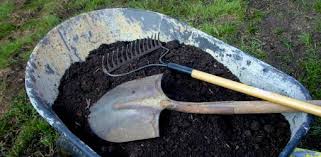
Lawn earthing
Once every 5 years, it is necessary to carry out earthing – dusting the surface of the lawn with a mixture of well-rotted organic fertilizers, sand, peat compost. Earthing can be done both in spring and autumn. The consumption rate of the organic mixture is 8-10 kg per 1 sq. m. Thanks to earthing, the bushiness of grasses improves, the lawn becomes thicker.
Lawn combing
An important care technique is combing the lawn with a rake (it is better to use a fan rake). It is carried out in spring and autumn. As a result, air access to the roots of plants improves, and various debris is removed.
Rolling
Rolling the lawn is carried out in the spring, starting from the second year of the lawn’s life (on heavy loams, it is carried out only on a dry surface after spring frosts). This procedure is performed by the roller as soon as the soil moisture decreases. Rolling allows you to eliminate gaps between layers of turf, restores capillary connection between soil layers, as a result of which excess spring moisture evaporates faster.
English experts recommend rolling the lawn with a roller after mowing.
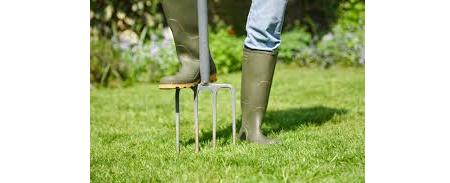
Ideas for using stones in the garden, video:
Piercing the turf
Piercing of the turf (with a pitchfork or a special roller) is carried out in order to improve the air regime and the access of nutrients and moisture to the roots of plants. It is enough to do this once every 1-2 years, after a fairly dense turf is formed.
Seasonal lawn care
- Весна
- remove last year’s grass
- comb the lawn with a fan rake
- remove garbage accumulated over the winter
- roll the lawn (starting from the second year of life)
- they are fed with complex fertilizer, and during the period of active growth – with nitrogen fertilizer (there are special fertilizers for the lawn that do not contain chlorine)
- On clay soils, sand is applied in mixtures with peat (in equal parts)
- remove weeds
- If necessary, repair the lawn by overseeding or laying ready-made turf
- Літо
- The grass is cut weekly, except for the dry hot period
- as needed, feed with complex fertilizers for the lawn
- watered regularly during drought periods
- areas with weed vegetation are treated with herbicides
- Осінь
- repair damaged turf
- pierce the turf (with a pitchfork or a special roller)
- apply phosphate and potash fertilizers during the last grass regrowth
- The last haircut is carried out in September (when the average daily temperature is set at +10 degrees)
- Before the snow should fall (winter is coming), the lawn is cleared of leaves and other debris

